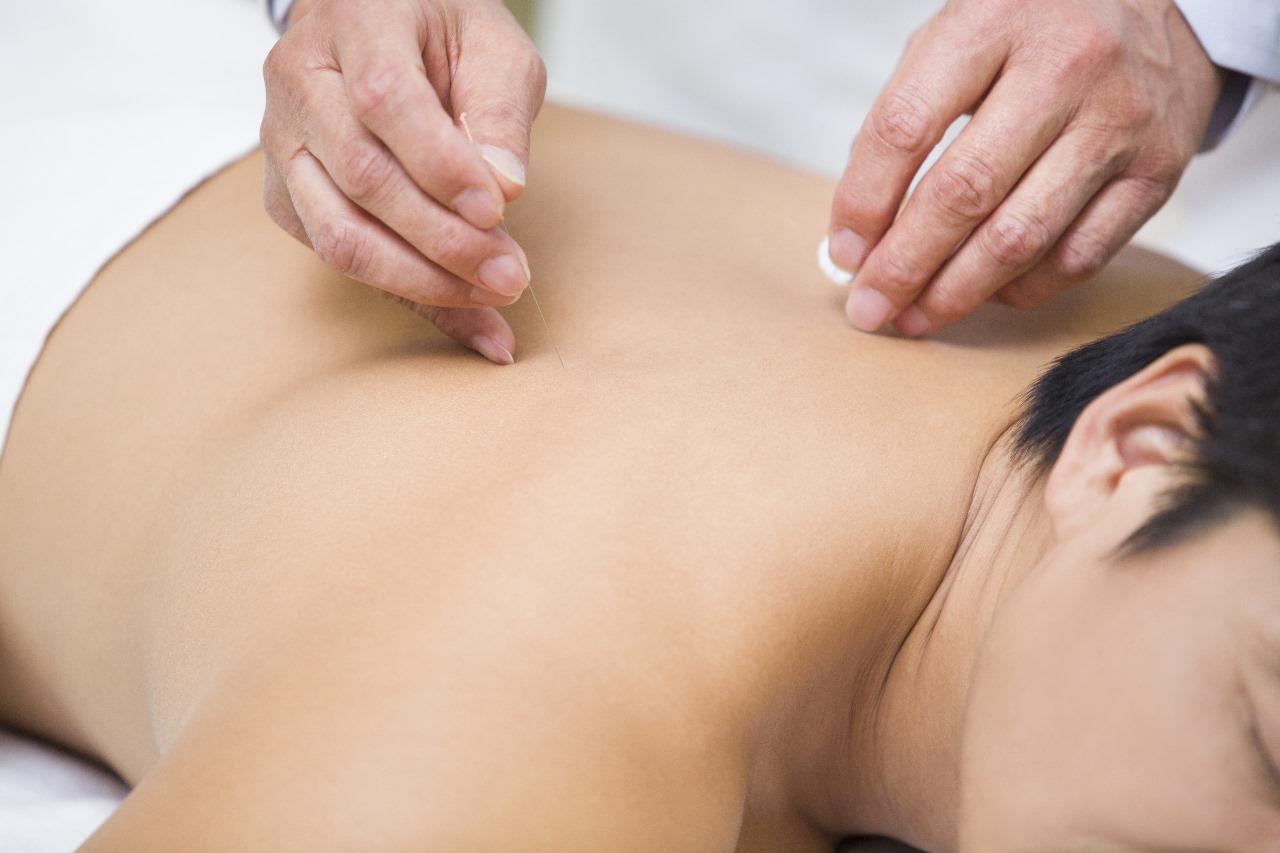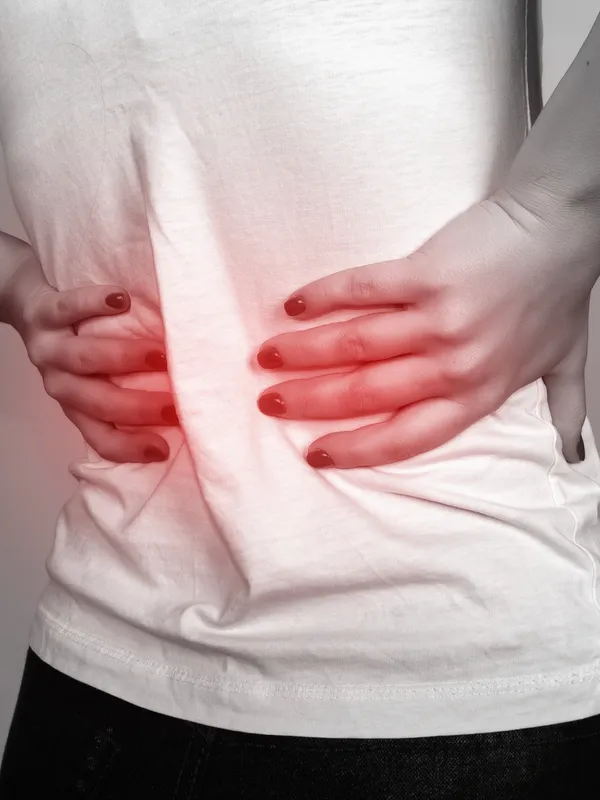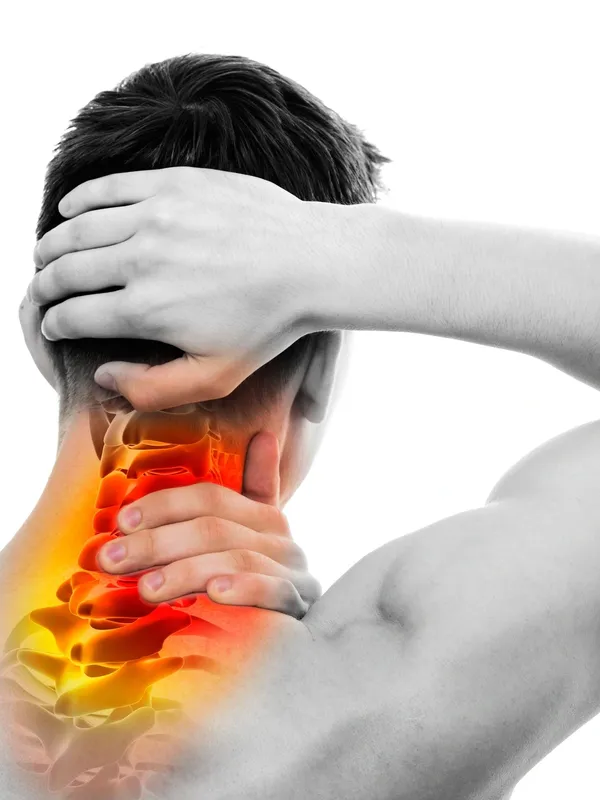Medical Conditions
Acupuncture
As described by the Mayo Clinic, Acupuncture involves the insertion of very thin needles through your skin at strategic points on your body. A key component of traditional Chinese medicine, Acupuncture is most commonly used to treat pain. Increasingly, it is being used for overall wellness, including stress management.
Traditional Chinese medicine explains Acupuncture as a technique for balancing the flow of energy or life force — known as chi or qi (chee) — believed to flow through pathways (meridians) in your body. By inserting needles into specific points along these meridians, Acupuncture practitioners believe that your energy flow will re-balance.


arthritis
Arthritis is a medical condition characterized by the inflammation and swelling of one or more joints. It can affect a single joint or manifest throughout the entire body. The hallmark symptoms of arthritis include persistent joint pain and stiffness, which tend to worsen with the passage of time and aging.
Arthritis is a complex condition with numerous potential causes and various distinct types, making the choice of treatment highly individualized. It’s important to note that arthritis-related pain can emerge in any joint of the body and may not necessarily be linked to a specific injury or trauma.
back pain
Back pain stands as one of the most pervasive health complaints in the United States and worldwide. Shockingly, approximately 80% of individuals will encounter back pain at some point during their lives.
The onset of back pain can be triggered by various factors, ranging from traumatic incidents like car accidents or workplace injuries to abrupt movements during sports activities or even mundane tasks such as carrying groceries, bending, or twisting.


carpal tunnel syndrome
Carpal Tunnel Syndrome (CTS) is a condition characterized by the compression of the median nerve within the wrist joint. Symptoms typically manifest as weakness, numbness, and tingling sensations in the hand. However, CTS is a condition that often confounds both patients and healthcare providers alike due to its intricate nature.
The complexity arises from the fact that the median nerve’s journey begins in the neck, extends down through the forearm, and culminates in the hand. Consequently, the same set of symptoms associated with CTS can originate from various locations along this path, including the neck, upper back, shoulder, elbow, wrist, or hand.
concussion and traumatic brain injury
Concussions and Traumatic Brain Injuries (TBIs) are frequently overlooked and underestimated consequences of motor vehicle collisions. It’s a common misconception that simply visiting the hospital or emergency room post-accident automatically ensures evaluation for these conditions. However, this assumption can be dangerously incorrect.
The absence of a formal diagnosis means the absence of proper treatment. Unlike other injuries that manifest with visible signs such as pain, swelling, or joint stiffness, Concussions and TBIs are often referred to as “invisible” injuries. The symptoms and effects of these injuries are not readily apparent, unlike cuts, scrapes, or bruises on the skin.


headache
Each year, over 8 million Americans seek medical attention for headache complaints. Headaches are a prevalent concern, and they can originate from various sources, with some closely tied to neck and upper back pain conditions, while others have independent causes unrelated to musculoskeletal issues.
Headaches can be the result of tight muscles, nerve pain, herniated or bulging discs, biomechanical spinal dysfunction, and joint problems, leading to localized or widespread head pain. These headaches may vary in intensity, from intermittent discomfort to constant, debilitating agony. In severe cases, headaches can even disrupt hearing, vision, sleep patterns, and concentration.
disc bulges and herniation
A Herniated Disc, also known as a slipped or ruptured disc, is a condition that occurs when one of the discs separating vertebral bones in the spine ruptures or tears. These discs serve as essential cushions and shock absorbers between vertebrae, creating space for spinal nerves to exit the spine. These nerves travel to various regions of the body, including the arms, legs, and internal organs.
Herniated or Bulging Intervertebral Discs represent significant health concerns that may necessitate urgent surgical intervention. Traumatic incidents like car accidents or improper lifting can result in immediate and severe pain, while other underlying causes may manifest more subtly and inconspicuously.


muscle spasms
Muscle spasms are involuntary contractions that grip a portion or the entirety of a muscle, sometimes extending to multiple muscles within a group. These spasms bring about not just localized pain but can also trigger referred pain, adding complexity to the discomfort they cause.
For instance, muscle spasms in the upper neck region have the potential to radiate pain up the back of the head, culminating in throbbing headaches and heightened discomfort.
neck pain
Neck pain is a prevalent issue, affecting approximately 30% of the U.S. population each year. Worryingly, nearly 50% of individuals continue to grapple with some degree of chronic neck pain or recurrent episodes. While approximately 10% of neck pain cases are linked to underlying illnesses such as rheumatoid arthritis, tumors, or infections, the most prevalent forms of neck pain stem from issues with the bones, joints, nerves, muscles, and intervertebral discs.
Neck pain can manifest as morning stiffness or discomfort (known as Acute Torticollis) or result from sudden traumatic incidents like whiplash. It can impair your ability to turn your head, disrupt your sleep patterns, and even hinder your focus and concentration during the day.


nonsurgical spinal decompression
Nonsurgical Spinal Decompression (NSD) is a highly effective and targeted therapy designed for patients diagnosed with herniated, bulging, degenerative, or “slipped” discs within their spine. The core principle of Nonsurgical Spinal Decompression lies in its ability to gradually alleviate the pressure inside the injured disc by gently applying controlled traction and release to the affected area.
In a herniated or protruding disc, the gel-like center of the disc has moved through the layers of the annulus fibrosis. This migration can exert mechanical pressure on adjacent structures and initiate chemical reactions that lead to pain and inflammation. These changes can further irritate nearby nerves, resulting in numbness or tingling sensations in the arms or legs. Nonsurgical Spinal Decompression has also proven highly effective in addressing Degenerative Disc Disease (DDD).
pinched nerves
A pinched nerve arises when excessive pressure is exerted on a nerve due to nearby tissues, such as bone, cartilage, muscles, or tendons. This compression can result in a range of symptoms, with the most common manifestations being shooting pain, numbness, and tingling sensations.
Pinched nerves can lead to various conditions, including Carpal Tunnel Syndrome (affecting the shoulder, elbow, or wrist), Cervical Radiculopathy (occurring in the neck), and Lumbar Sciatica (in the lower back). An important point to note is that the spinal nerves in the lower back extend through the buttocks, forming the sciatic nerve, which then travels down the legs into the feet. Consequently, a pinched nerve in the lower back can generate symptoms that radiate down the leg and into the foot, despite the primary issue originating in the lower back. Similarly, a pinched nerve in the neck can give rise to numbness, tingling, or shooting pains in the arms and hands.


sport injuries
Sports injuries can occur in the blink of an eye during the heat of physical activity, and they span a wide spectrum in terms of type and severity. These injuries encompass muscle strains, ligament sprains, tendonitis, fractures, and a host of soft tissue tears. They can transpire during dynamic and complex motions like running and jumping, abrupt stops, or even when you’re stationary but subjected to other stresses on your body.
When a sports injury strikes, it often brings acute pain, triggering your body’s natural response to safeguard the affected area and initiate swelling. Swelling serves as a protective mechanism, immobilizing the injured region to prevent further aggravation.
whiplash
It is a term that describes the rapid and forceful movement of the head when it is jerked backward and then forward, typically occurring during rear-end motor vehicle collisions. This swift and abrupt motion subjects the neck to an intense “whipping” force, which can lead to significant, and even permanent, neck injuries. Pain resulting from whiplash may manifest as sharp and immediate or develop gradually over a period of days or weeks.
Whiplash injuries are a matter of great concern as they can encompass a wide range of delicate structures within the neck. The carotid artery, responsible for transporting blood to and from the brain, is at risk. Ligaments and muscles that support the neck can suffer tears. Intervertebral discs may tear, bulge, or herniate. Pinched nerves can generate radiating pain, numbness, or tingling sensations extending into the arms or legs. Damage to cartilage in the facet joints can also refer pain to the neck and upper back.

